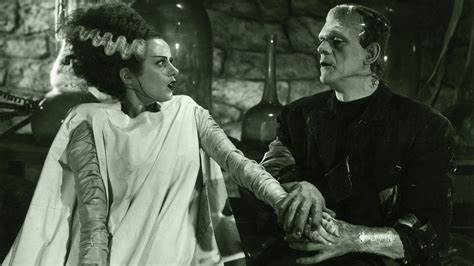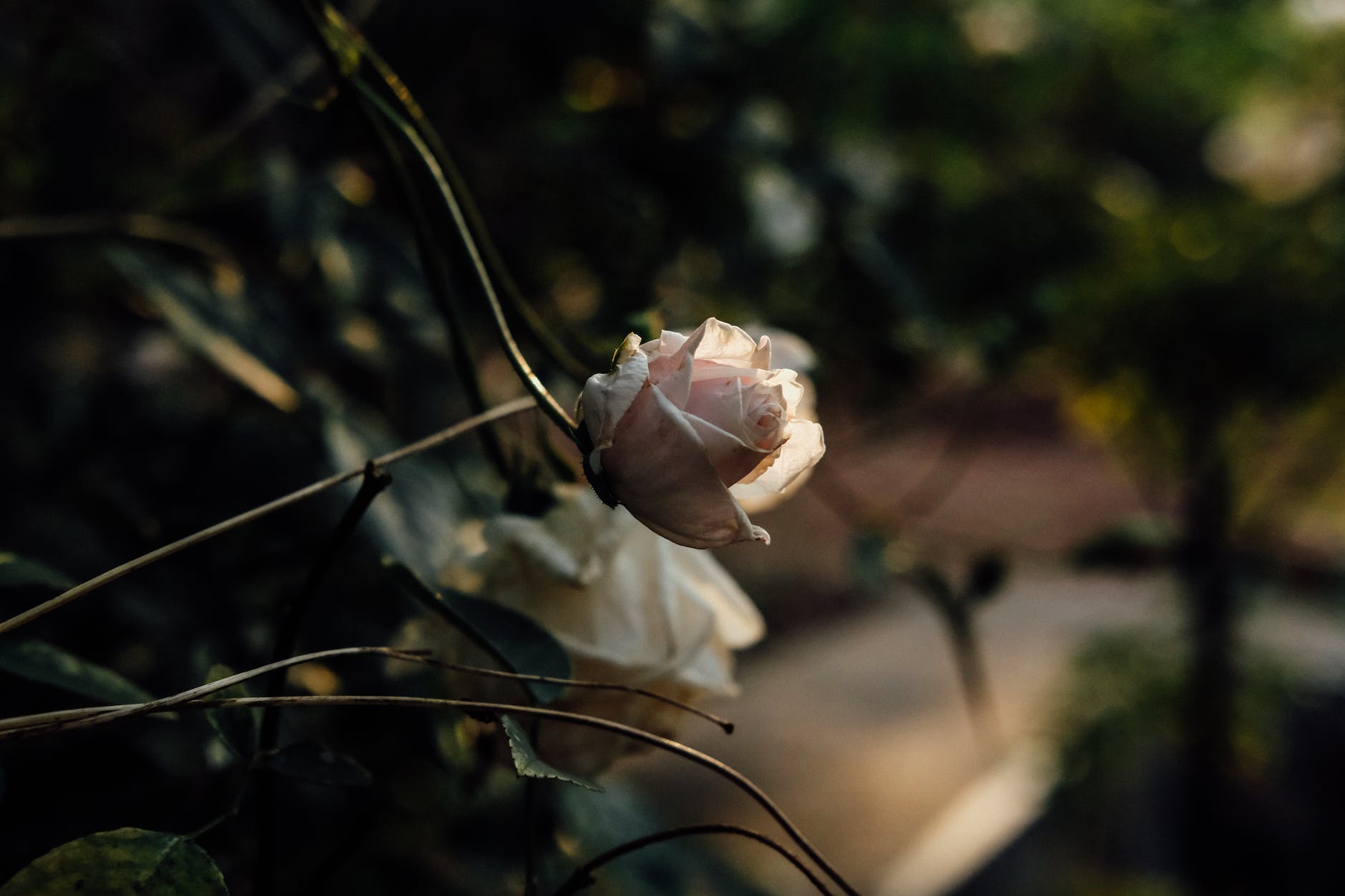Exploring Love in the Romantic Era: A Literary Odyssey
The Romantic era, a period of literary and artistic fervour from the late 18th to the mid-19th century, unfolded a tapestry of emotions, and at its core was the profound exploration of love. Join us on a journey through the passionate landscapes of Romantic literature, where love danced amidst the pages of timeless classics.
Nature’s Romantic Embrace
In the Romantic era, nature served as a potent metaphor for the complexities of love. Wordsworth, a pioneer of the Romantic movement, extolled the connection between human emotion and nature. In his famous poem “Lines Composed a Few Miles Above Tintern Abbey,” he reflects on the healing power of nature, stating, “A presence that disturbs me with the joy / Of elevated thoughts; a sense sublime / Of something far more deeply interfused.”
Individualism and Love’s Intensity
Romantic literature celebrated the individual experience, and love became a lens through which writers explored the intensity of human emotions. In Emily Brontë’s “Wuthering Heights,” Heathcliff and Catherine embody a love so profound that it transcends societal norms. Catherine, in a moment of passion, declares, “Whatever our souls are made of, his and mine are the same.”
Love as Rebellion

A rebellion against societal constraints marked the Romantic period, and this rebellion extended to the portrayal of love. Mary Shelley’s “Frankenstein” challenges conventional norms, portraying love as a force that defies societal expectations. Victor Frankenstein, driven by his ambitions, states, “I ardently wished to extinguish that life which I had so thoughtlessly bestowed.”
Supernatural Elements of Love
Romantic literature often embraced the supernatural to enhance the emotional depth of love stories. In Keats’ “La Belle Dame Sans Merci,” the supernatural is intertwined with love, creating an otherworldly atmosphere. The knight, abandoned by a mysterious fairy-like woman, laments, “And this is why I sojourn here / Alone and palely loitering.”
Further Reading
- “The Romantic Period” by Duncan Wu
- “Romanticism: An Anthology” edited by Duncan Wu
- “The Penguin Anthology of Romantic Poetry” edited by Jonathan and Jessica Wordsworth
In conclusion, the Romantic era unfolded an intricate exploration of love that transcended the conventional and delved into nature, individualism, rebellion, and the supernatural. As we immerse ourselves in this period’s rich prose and poetry, we find a reflection of the tumultuous yet captivating journey that love undertook during this transformative epoch in literary history.

